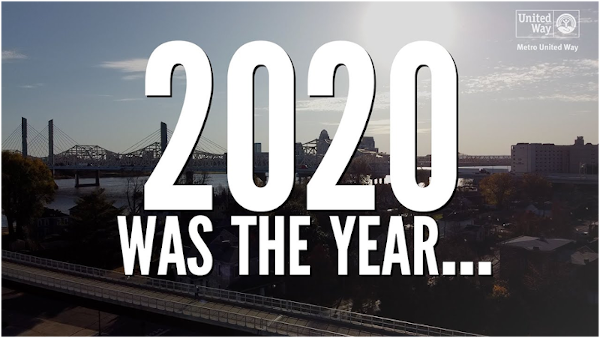
Charles R. Goulding and Preeti Sulibhavi consider some of the highlights of 3D printing over the last year.
The year 2020 is one for the ages. For many, 2020 will possibly mark the worst year they have ever had (aside from the loss of a loved one, other serious illness, etc.). It will also likely be one of the worst years for mankind. However, as we stated in our previous book review on Fabbaloo, 2020 is not a curse.
This year pushed many of us to do our best and to give generously as many lives depended on it and still do. The 3D printing industry is an example of a great way to face a challenging situation, to say the least. Here are our top 3D printing developments of 2020.
1. The 3D printing industry stepped-up to combat COVID-19, including: masks, face shields, protective gowns, Plexiglas barriers, and parts for ventilators and respirators. During the pandemic, a lot of 3D printing solutions were found for supply chain interruptions for replacement parts and other components.
2. Boeing’s production shortage and the impact on the entire Tier supply chain was felt globally. We noted the positive impact 3D printing had on this issue.
3. Desktop Metal going public via a Special Purpose Acquisition Company (SPAC) and other 3D printer unicorns made headlines during the global pandemic – but in a good way. In fact, the Desktop Metal acquisition took place on December 10, 2020.
4. Consolidation of the medical device industry that expanded the opportunities and reach for the biotech industry during a time where it is much needed. We covered acquisitions by Medtronic, Stryker, and Zimmer Biomet.
5. Major developments in the semiconductor industry including mergers and technological improvements. 2020 has been a record year for semiconductor merger transactions. We had also covered NVIDIA’s purchase of Arm Holdings for $40 Billion and Analog Device’s purchase of Maxim Integrated for $20.9 Billion and both transactions’ impacts on 3D printing in particular.
6. Major focus on outdoor living product applications. We had noted that the pandemic had forced many of us to go outdoors whether it was dining or camping. Social distancing protocols meant a lot of us couldn’t get enough of nature at this time.
7. A new wide range of touchless product applications that ranged from touchless doors to touchless soap dispensers in bathrooms. This helped enforce hand-washing and limited contact protocols for reducing infection rates.
8. Suspension of trade shows and a shift to virtual communication including conversational commerce that allowed many to participate in activities, albeit virtually.
9. With the Biden election win, including the anticipated rejoining in the Paris agreement, there is a renewed effort to reduce carbon emissions. Our Fabbaloo articles include looks at carbon capture, solar, wind, geothermal and transportation.
Companies engaged in 3D printing activities and developments are eligible for Federal and some state tax incentives such as the Research and Development (R&D) tax credit.
The Research & Development Tax Credit
Whether it’s used for creating and testing prototypes or for final production, 3D printing is a great indicator that R&D Credit eligible activities are taking place. Companies implementing this technology at any point should consider taking advantage of R&D Tax Credits.
Enacted in 1981, the now permanent Federal Research and Development (R&D) Tax Credit allows a credit that typically ranges from 4%-7% of eligible spending for new and improved products and processes. Qualified research must meet the following four criteria:
- Must be technological in nature
- Must be a component of the taxpayer’s business
- Must represent R&D in the experimental sense and generally includes all such costs related to the development or improvement of a product or process
- Must eliminate uncertainty through a process of experimentation that considers one or more alternatives
Eligible costs include US employee wages, cost of supplies consumed in the R&D process, cost of pre-production testing, US contract research expenses, and certain costs associated with developing a patent.
On December 18, 2015, President Obama signed the PATH Act, making the R&D Tax Credit permanent. Since 2016, the R&D credit has been used to offset Alternative Minimum Tax (AMT) for companies with revenue below $50MM and, startup businesses can obtain up to $250,000 per year in payroll tax cash rebates.
2020: Half Full?
As the saying goes, one can look at a glass as half-empty or half-full. While this year was certainly a challenging one to say the least, it also had its moments of bravery and kindness. You don’t know how tough your mettle is until you test it. And 2020 definitely tested all of us. Despite these obstacles and challenges, the 3D printing industry prevailed in ways we did not know were possible.
